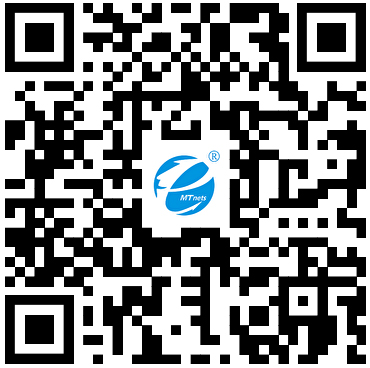Urokinase plasminogen activator surface receptor (U-PAR), also known as PLAUR, Monocyte activation antigen Mo3, or CD87, is a key player in cellular processes involving migration and tissue remodeling. It binds to urokinase-type plasminogen activator (uPA), which converts plasminogen to plasmin, a serine protease essential for normal and pathological cell migration and tissue destruction. uPA is initially released as a single-chain pro-enzyme (scuPA) with low activity and is activated to a two-chain form (tcuPA) by plasmin and other proteinases. Both forms of uPA bind to uPAR, localizing uPA's proteolytic activity and enhancing its enzymatic activity.The uPA/uPAR interaction initiates signal transduction, activating protein tyrosine kinases, influencing gene expression, and promoting cell adhesion and chemotaxis. uPAR can also modulate integrin function, suppressing normal adhesion while enhancing vitronectin binding through its high-affinity site. This interaction is significant in various inflammatory diseases, including cancer, cardiovascular diseases, chronic kidney diseases, and diabetes, making uPAR a potential biomarker for these conditions








 采購中心
采購中心
 化工儀器網
化工儀器網